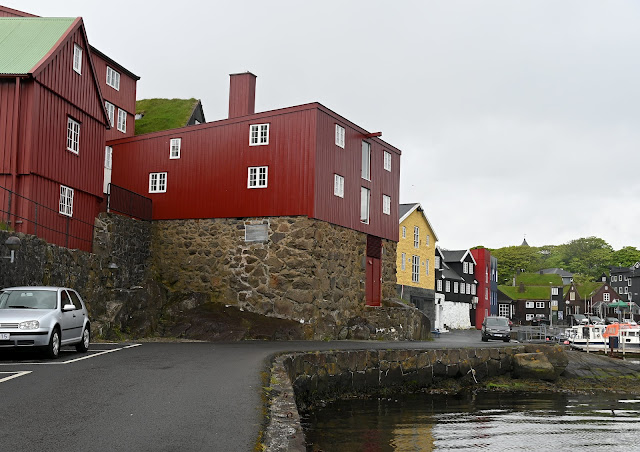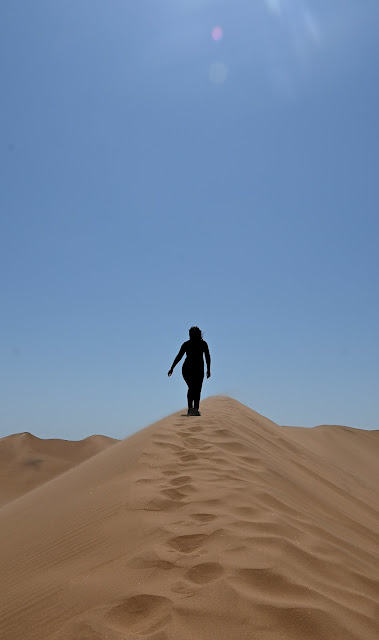The
castle Hartenštejn was originally built as a small fort by
Henrich 2. von Plauen around 1473, later family expand it to serve as
a castle and family seat, but about 16th century it was sold and
since then changed owners a lot.
They were nobles and merchants, rich
widows and even a head of post office. Since the castle was
originally built to serve as military fort all the attempts to make
it into palace or family mansion failed and as a military object it
was outdated therefore mostly served as source of construction stone
for everyone.
In mid 19thcentury
on the wave of “national renaissance” in Bohemia ruins were
bought by nearest town Bochov to be preserved as historical monument.
In 2006 serious archeological survey was done and since then
reconstruction follows historical evidence. The ruins are open all
year round for free. I add reconstruction picture with the Lords of
Plauen (Czech: páni
z Plavna,
German: Vögte
von Plauen)
coat of arms – peak time of the castle:
Hartenstejn
has obligatory legend about White Lady but with a little twist: once
upon a time a shepherd Heinz met a Hartenstejn' princess bound by a
curse to the castle. She begged him to free her by withstanding three
nights of terrors: at first night came giant toad but brave shepherd
wasn't moving at all for the whole night and awful toad did not saw
him and disappeared in the morning Then came a fire dragon, but
courageous Heinz won the beast over by playing his flute.
And finally
a hideous crone came claiming that’s what the princess will look
like in 20 years. And our man fled so fast he overrun the wind.
Dashing back to the village he married a first village girl he met,
and the princess remained cursed and bond to the castle forever,
sadly wandering over its walls till today.
Another
story tells about two brothers who during a famine managed to beg a
single loaf of bread from the mill. On their way back to the castle,
they quarreled over how to divide it; the fight escalated and they
killed each other. The big stone near castle walls cracked at the
place where brothers blood fell.
Locals were shocked by this and
wrote down the story in Bochov town chronicle. It actually might
refer to the castle division of 1588 by the Štensdorf brothers –
castle owners of the time. By some sources they were not hungry for
food as much as for wealth and killed each other soon enough after
property split.
From above: Hartenstein











Comments
Post a Comment